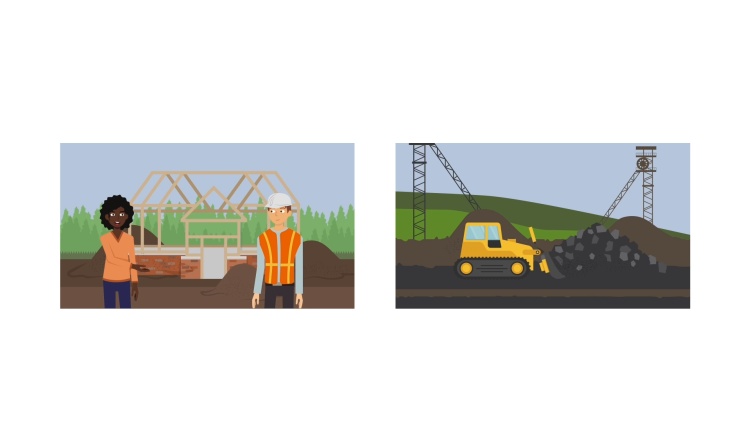Martin v. United States
United States District Court for the District of Arizona
471 F. Supp. 6 (1979)
- Written by Dan Lake, JD
Facts
Eighth graders Jeffrey Martin and Melvin Burrows (plaintiffs) were riding a motorbike home from school when they struck a sagging power line improperly maintained by the federal government (defendant). They filed a negligence action against the government, seeking compensation. Burrows suffered severe burns on most of his body, including his face. He endured multiple painful surgeries and his injuries subjected him to others’ revulsion, making him reclusive. The injuries also impacted his employment prospects. According to experts, before the injuries, Burrows likely would have become a construction worker earning approximately $9,500 per year during a four-year apprenticeship and $23,000 per year over a forty-two-year career. But his injuries would likely limit him to entry-level positions paying approximately $3,000 per year. Martin suffered severe burns to his right arm, back, and legs. In treatment, his arm was amputated, and he endured multiple skin grafts. Exposed to ridicule from his peers, Martin became withdrawn and short-tempered. His injuries also reduced his employment prospects. Experts anticipated that he too would likely have become a construction worker absent the accident. But after the accident, he was likely to be limited to working as a store clerk, earning approximately $6,250 per year. The district court concluded the government was negligent and considered the issue of damages.
Rule of Law
Issue
Holding and Reasoning (Burns, J.)
What to do next…
Here's why 899,000 law students have relied on our case briefs:
- Written by law professors and practitioners, not other law students. 47,000 briefs, keyed to 994 casebooks. Top-notch customer support.
- The right amount of information, includes the facts, issues, rule of law, holding and reasoning, and any concurrences and dissents.
- Access in your classes, works on your mobile and tablet. Massive library of related video lessons and high quality multiple-choice questions.
- Easy to use, uniform format for every case brief. Written in plain English, not in legalese. Our briefs summarize and simplify; they don’t just repeat the court’s language.





